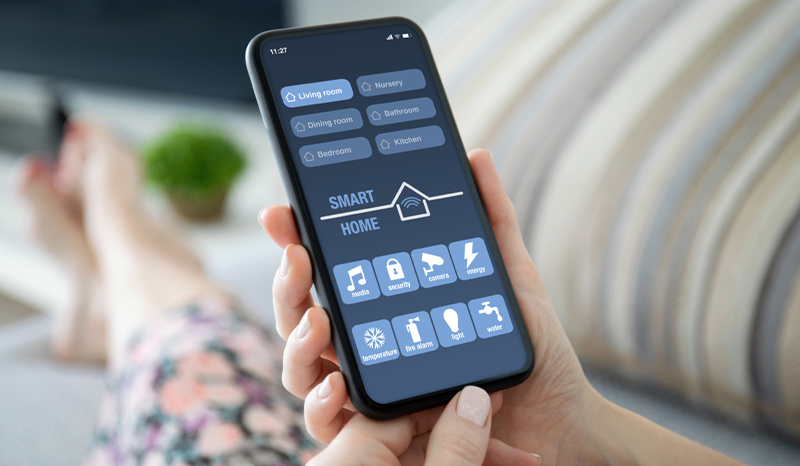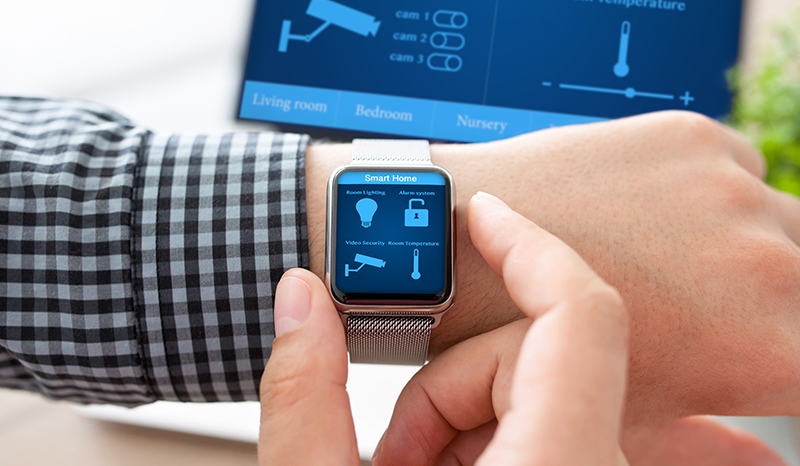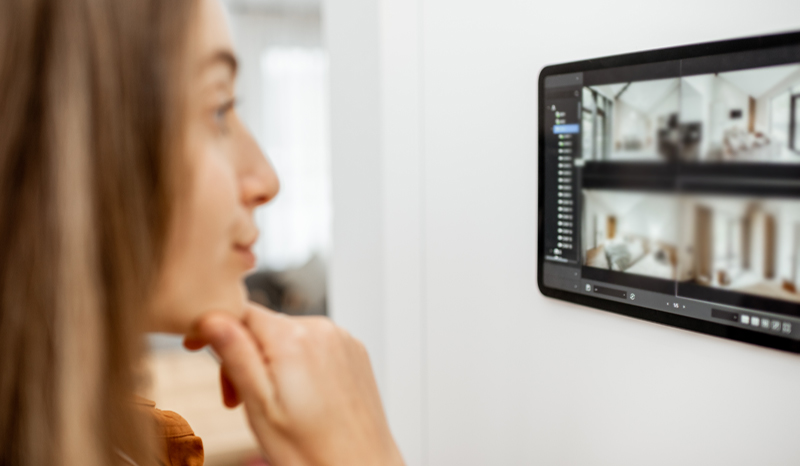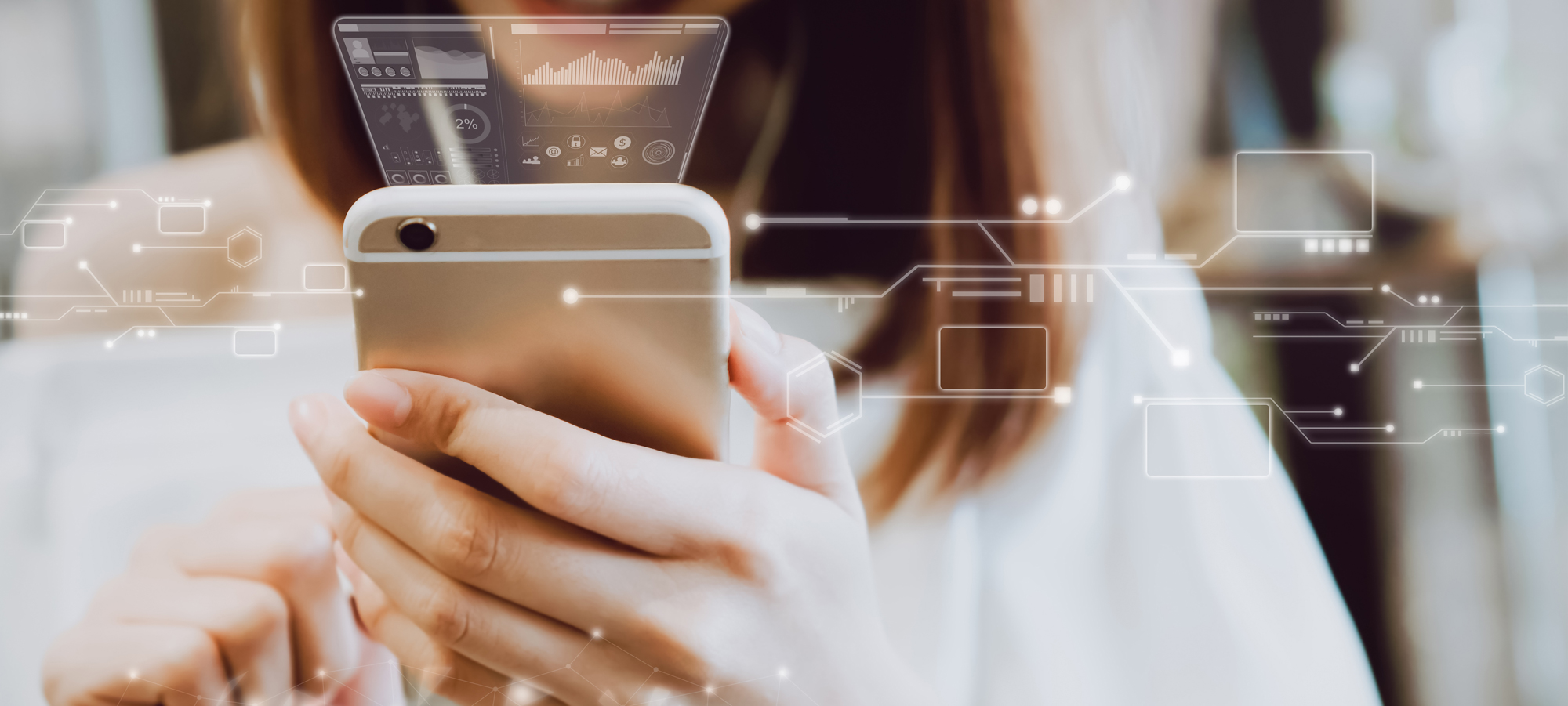Today, the Internet of Things (IoT) is infiltrating a variety of industries as more and more devices and technology become interconnected. The real estate industry is no exception to this trend. IoT in real estate will make buying, selling, renting and managing properties easier and more efficient for all parties involved.
What is the IoT?
The IoT, or the Internet of Things, is the practice of taking individual wireless devices and connecting them together to build an involved system that does more than the sum of its parts. Each of these physical devices are connected to the Internet, all collecting and sharing data with one another. For example, smart appliances, lighting, and water and thermostat controls make our lives more convenient. When these features work together, they make management even easier. The goal of an IoT system is to provide efficient and proactive maintenance without human intervention.
IoT Applications in Real Estate
The adoption of IoT in real estate has been rather slow but is starting to accelerate, thanks to the further development of machine learning and artificial intelligence (AI). Why? AI is responsible for processing the data collected by interconnected IoT devices, making decisions and taking action.
We’ve acknowledged that the Internet of Things can have a large impact on commercial real estate management, but in what ways, specifically? Here are five IoT applications in real estate that are revolutionizing the industry.

HVAC Efficiency
IoT has completely changed our approach to heating, ventilation and air conditioning. IoT devices can analyze and communicate data with other smart devices to monitor and improve systems on their own. IoT devices can adjust temperatures and ventilation by room, rather than unifying the entire system, saving property owners and managers energy and utility costs.

Lighting Efficiency
Another way that IoT promotes efficiency, sustainability and savings in commercial real estate is by light control management. IoT will ensure that lights are only kept on where employees are working. IoT data might also suggest replacing light bulbs to LEDs if smart meters indicate high kilowatt hour-usage from traditional light bulbs.

Air Quality Improvement
By implementing a demand control ventilation system, you can monitor CO2 levels, temperature, humidity and dust to detect any toxicity and improve the indoor air quality of your space.

Enhanced Tenant Experience
Being able to track valuable information and trends in your building isn’t just beneficial for building owners, but tenants as well! Not only do IoT devices provide more comfortable working or living environments for employees or residents, but they also offer other helpful solutions that make life easier. These might include connected security cameras, smart elevators that minimize waiting times, conference room scheduling devices and parking lot sensors that discover open spots!

Workplace and Workflow Optimization
IoR analyzes relevant information in real-time so that tenants and building owners can understand their operational needs and costs. For example, IoT systems can track staff location and movements to identify where employees are spending most of their time throughout the day. With this information, tenants can reduce operational costs and building owners may choose to lease the unused space to another tenant. Smart management systems can also help businesses identify bottlenecks and improve their floor plans for maximum efficiency.


